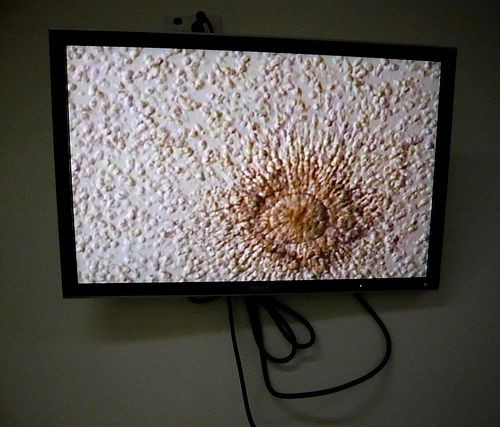New IVF Technique May Boost Pregnancy Rates, Reduce Multiple Births

Using an advanced imaging technique, researchers are now able to track movements inside the egg during stimulation when the egg is fertilized.
The new technique may increase success rates of In vitro fertilization and reduce the number of multiple births.
Results of the study were published in the journal Fertility and Sterility.
Researchers at Cardiff University and Oxford University, England were able to view specific internal movements, called ‘spasms’ of a human egg. The movements have been linked to exact timing of biochemical changes during fertilization.
Researchers pointed out that IVF treatment takes selection criteria such as the number of cells, as well as appearance of cells produced and involves choosing the healthiest egg for implantation.
"The implantation of selected eggs using current methods requires days in culture and does not always succeed" said Professor Karl Swann from Cardiff University's School of Medicine, who led the research.
According to Swann previous research in an animal model found "rhythmic cytoplasmic motions" predict successful embryo development, the same type of movements also occur in human eggs.
“We have now discovered that this method has the potential to be applied to human eggsm" said Professor Swann.
Researchers hope that the new information will help provide an early and effective indication of viability of successful pregnancy in human IVF.
Currently about 1 in 4 in vitro fertilizations leads to multiple birth and women using IVF are 20 times more likely to have multiple pregnancies. Also, the live birth rate is 30-35 percent for women under 35 and less than 6-10 percent for women over the age of 40.
Published by Medicaldaily.com



























